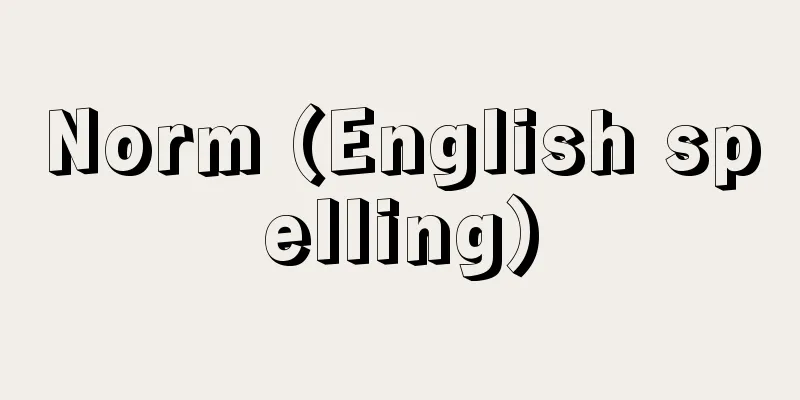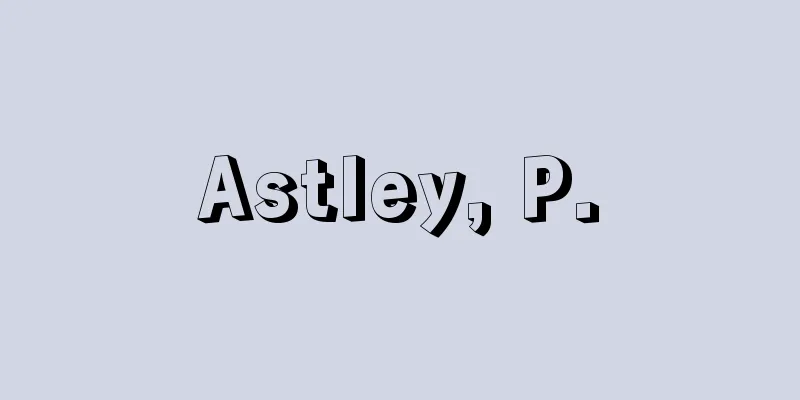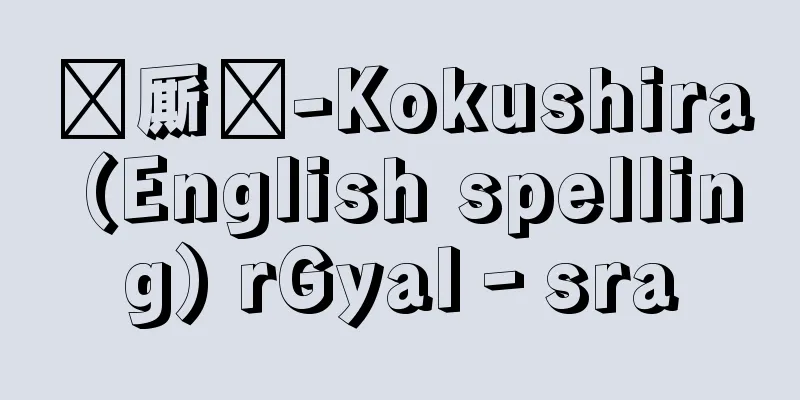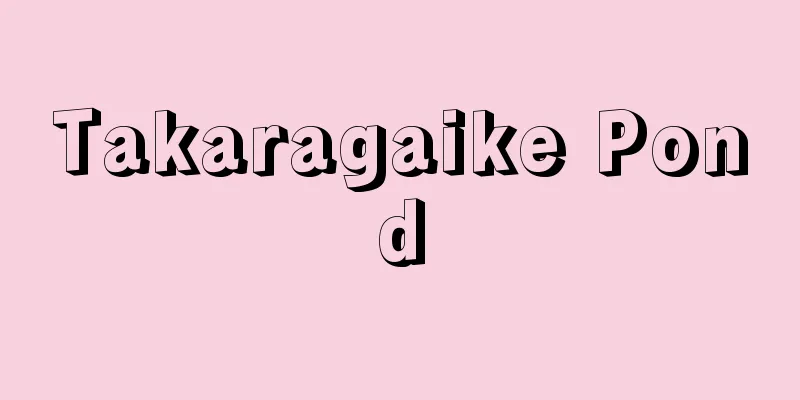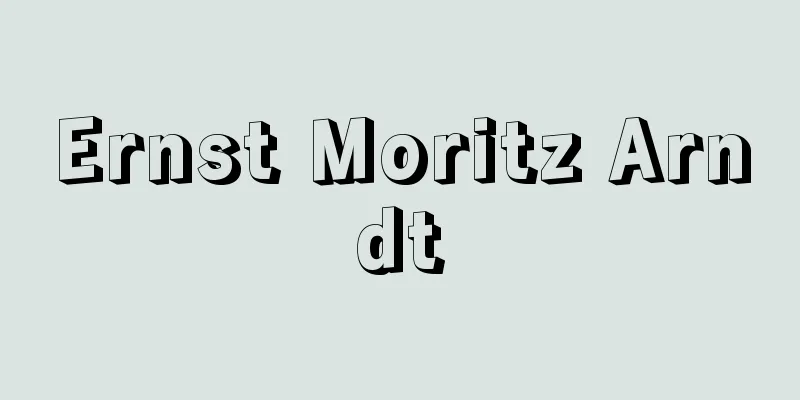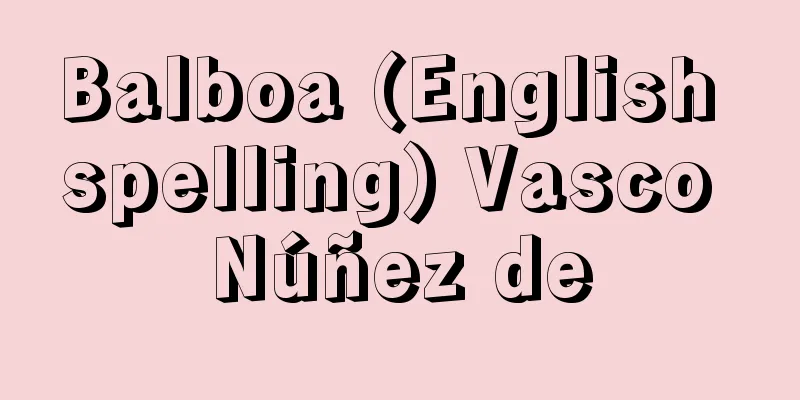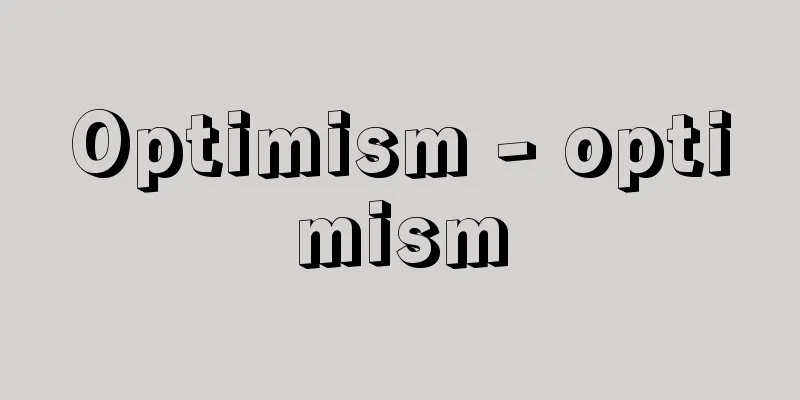Childcare - Hoiku
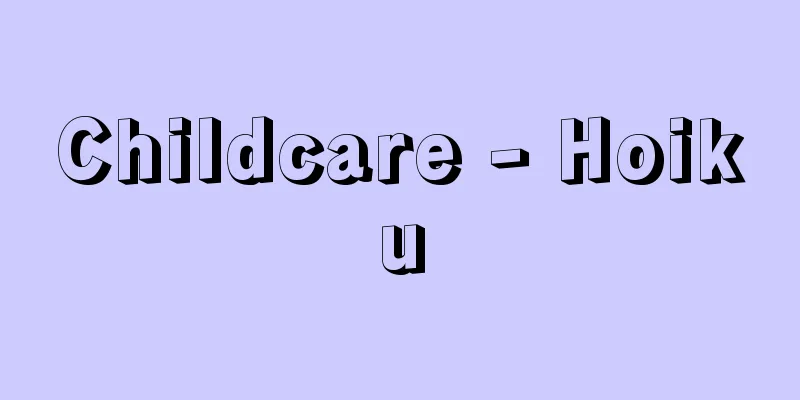
|
The act of caring for and raising a newborn. It is generally used as a word to describe actions taken during infancy. Childcare also refers to the act of protecting and raising an infant's life, or of growing up while being protected and cared for. Another word used in relation to human development is "education," but while "education" is used to describe active actions taken by predecessors in school, "childcare" is carried out during the period before children go to school, and is seen as an act of accepting a child's life. The first use of the word "hoiku" in Japan is said to be in 1876 (Meiji 9) when the kindergarten attached to Tokyo Women's Normal School (now Ochanomizu University) was founded. At that time, "hoiku" was used to explain the content and educational methods of kindergartens, an educational facility that did not exist in Japan until then. Since then, the meaning of the term "hoiku" has been interpreted in various ways depending on the values of the person using it, and its usage has changed over time. For example, in the 1906 book "Hoikuho" (Childcare Act) by Nakamura Goroku, it is written that "hoiku" means "protecting and raising young children, which is nothing other than the meaning of early childhood education," and that childcare and early childhood education are synonymous, and are used to describe education at kindergartens. After the Second World War, Sakamoto Hikotaro (1904-1995), who established kindergarten education in the School Education Act, stipulated that kindergarten education is an educational curriculum that precedes the elementary school curriculum, and that the two should each have their own unique curriculum, so he used "hoiku" instead of "kyoiku" when describing kindergarten education. Then, when the Ministry of Education (now the Ministry of Education, Culture, Sports, Science and Technology) revised the "Hoikuyogu Guidelines" in 1956 (Showa 31) and created the "Kindergarten Education Guidelines," kindergarten education was written as "kyoiku" and "young child education." The word "hoiku" was also used in the "Daycare Center Childcare Guidelines" created by the Ministry of Health and Welfare (now the Ministry of Health, Labor and Welfare) in 1965. Since then, "hoiku" has sometimes been used in opposition to "kyoiku" (education), and is also used as a symbolic word to distinguish kindergartens from daycare centers. However, in the "Guidelines for Education and Childcare of Certified Kindergarten-Daycare Centers" announced in 2014, the term "education and childcare" is used more frequently, and both the terms "education" and "hoiku" are used, indicating that kindergartens and daycare centers have the functions of both. In this way, in recent years, education and childcare are used completely separately in government laws and regulations. However, many scholars point out that childcare is an interdisciplinary field, and today research on childcare is being conducted in many fields, including education, psychology, sociology, medicine, and engineering, resulting in the generation of a great deal of new cross-disciplinary knowledge. [Mariko Miyata and Kiyomi Akita April 18, 2018] "Japan Society for Childcare Studies (ed.), "Childcare Studies Course 1: What is Childcare Studies? Questions and Origins" (2016, University of Tokyo Press) [Reference] | | |Source: Shogakukan Encyclopedia Nipponica About Encyclopedia Nipponica Information | Legend |
|
生まれて間もない人を、保ち育てる営みのこと。一般に乳幼児期に対する行為を表すことばとして使用されている。また、保育とは、乳幼児の生命を護(まも)り保ち育てる、あるいは護り保たれるなかで育つ行為のことをいう。人の育ちに際して用いられる他のことばに「教育」があるが、「教育」が学舎における先人からの能動的な行為について使用されるのに対し、「保育」は子弟が学舎に向かうまでの期間に行われており、子どもの生命を受容する行為としてとらえられている。 「保育」という語の日本での最初の使用は、1876年(明治9)東京女子師範学校(現、お茶の水女子大学)附属幼稚園の創設時とされている。このときの「保育」はそれまで日本に存在しなかった幼稚園という教育施設の内容や教育の方法を説明する際のことばとして用いられている。以来「保育」という用語の意味は、用いる者の価値観によってさまざまにとらえられており、その使用には時代的変遷がある。 たとえば1906年に中村五六(ごろく)が著した『保育法』では、保育とは「幼児を保護養育するの意にして幼児教育の義に外ならず」とあり、保育と幼児教育は同義であるとし、幼稚園での教育を表すことばとして用いている。また第二次世界大戦後、幼稚園教育を学校教育法のなかに位置づけた坂元彦太郎(1904―1995)は、幼稚園教育を小学校課程の前段階の教育課程であると規程したうえで、両者はそれぞれ固有の課程をもつべきであるとして、幼稚園教育については「教育」ではなく「保育」を使用している。そして文部省(現、文部科学省)により1956年(昭和31)に『保育要領』が改訂されて『幼稚園教育要領』が作成されると、幼稚園教育に関しては「教育」「幼児教育」と表記される。また、「保育」ということばは、1965年に厚生省(現、厚生労働省)が作成した『保育所保育指針』において使用される用語となった。以来、「保育」は「教育」と対峙(たいじ)して使用されることがあり、幼稚園と保育所を区別する象徴的なことばとしても使用されることがある。しかし2014年(平成26)告示の「幼保連携型認定こども園教育・保育要領」では「教育及び保育」という表記が多く用いられ、「教育」と「保育」の両方の用語が使用され、幼稚園と保育所の機能をあわせもつことが示されている。このように近年では、行政の法令上は、教育と保育は完全に分けて使用されている。 しかし保育が学際的な分野であることは多くの学者が指摘するところであり、今日では教育学や心理学、社会学のほか、医学や工学など多分野において保育に関する研究が進められ、分野横断型の新たな知見が多数生成されている。 [宮田まり子・秋田喜代美 2018年4月18日] 『日本保育学会編『保育学講座1 保育学とは――問いと成り立ち』(2016・東京大学出版会)』 [参照項目] | | |出典 小学館 日本大百科全書(ニッポニカ)日本大百科全書(ニッポニカ)について 情報 | 凡例 |
Recommend
Royal Economic Society
…Quarterly publication. In 1902, the Society was ...
Guizhou [province]
A province in southwest China. Its capital is Guiy...
Black rat
It is a member of the rodent family of the mammal...
Althaus, Paul
Born: February 4, 1888 in Obershagen [Died] May 18...
Military food supply station
From the end of the Heian period to the Nanboku-c...
Temple and shrine architectural structure
Japanese architecture was made of wood for a long ...
Amano's blessing
…An old couple living in Isonokami, Yamato Provin...
Semiconductor - Semiconductor
A material with a resistivity between that of a m...
neural crest
…Also, the cells of the ganglia of the autonomic ...
"The Life of Monk Enchin"
…Except for his appointment as Bitchu no Suke in ...
Medici, GGde' (English spelling) MediciGGde
...An Italian financial conglomerate that flouris...
Sermon on the Song of Songs
…The basis of practical mystical theology is alre...
Moretti, R.
… At a time when talkies were in vogue and sound ...
The Iki Six
…In 1472 (Bunmei 4), Hata Yasushi of Kamimatsuura...
geocentric latitude
...the angle between this vertical line and the e...
